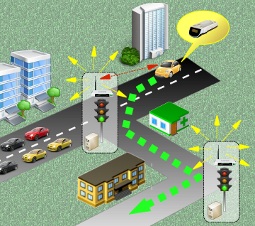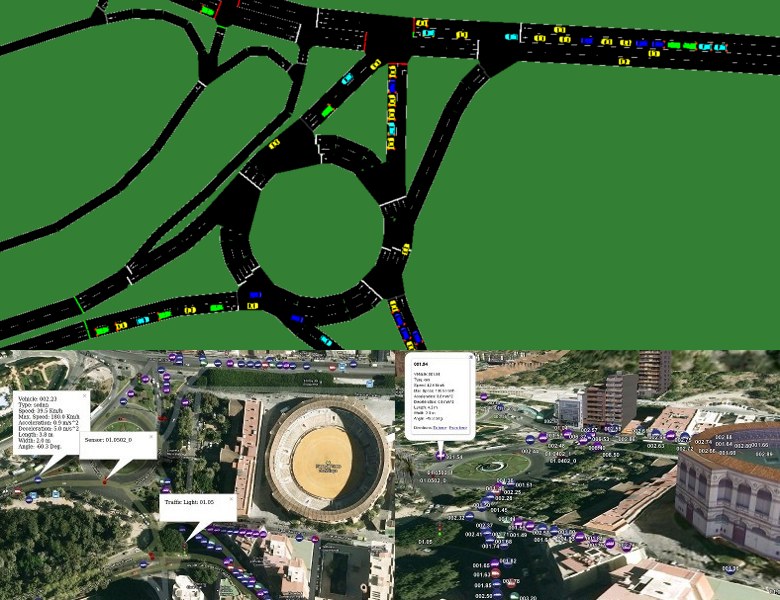Master in software engineering and artificial intelligence

This work is the result of my master's degree in Software Engineering and Artificial Intelligence. The aim of it is to reduce the travel time of vehicles in a city built by means of real maps and traffic flows. To achieve that, Evolutionary Algorithms and other Meta-Heuristics are used with the microscopic traffic simulator SUMO (Simulation of Urban Mobility).
This problem has got a high dimensionality because of the number of restrictions. In addition, the inclusion of thousands of vehicles, wifi connectivity (V2V and V2I), real maps and the possible extension to new services raises the complexity of this problem.
The concept Smart City includes six main dimensions with the purpose of defining a model to evaluate the sustainability of the urban development. These dimensions are: Smart Economy, Smart People, Smart Governance, Smart Mobility, Smart Environment and Smart living.
Although this work is focused in the improvement of the road traffic (Smart Mobility), city economy is also influenced by traffic jams because they reduce the efficiency of the transport of people and goods (Smart Economy). In addition, the longer the travel time is, the higher are the greenhouse gas emissions. And this is against the principles of Smart Environments. Finally, flowing traffic also affects people lives (Smart Living) because they would be in a better humour when they weren't delayed by a traffic jam for hours. So, they would have more free time for themselves improving their quality of life.
The results achieved at this stage of this research show an improvement of the metrics of the problem in the scenarios defined. The average travel time, the average travel distance and the average of waiting times of the vehicles have been reduced.





